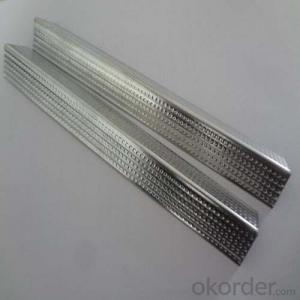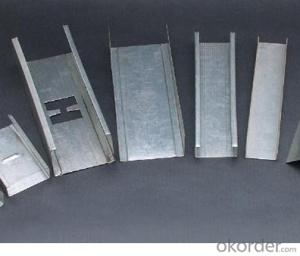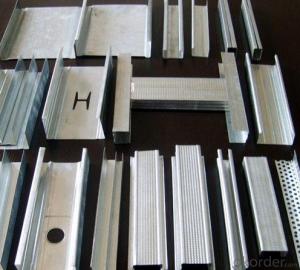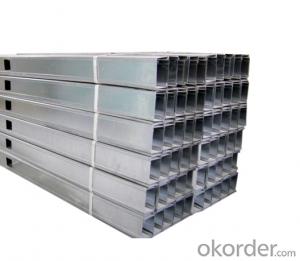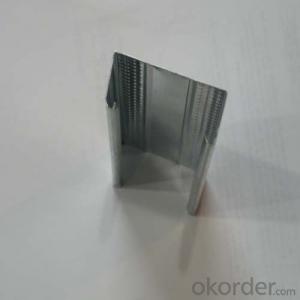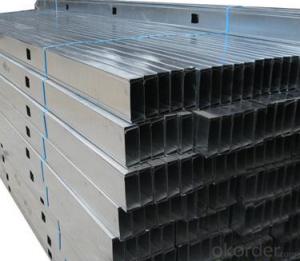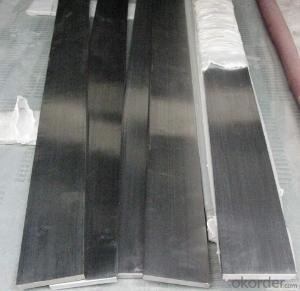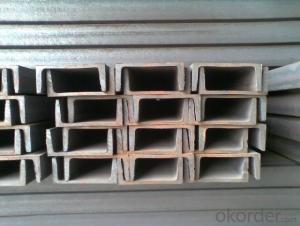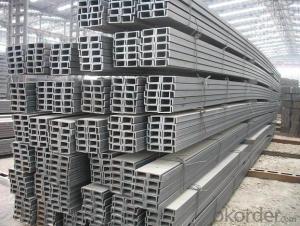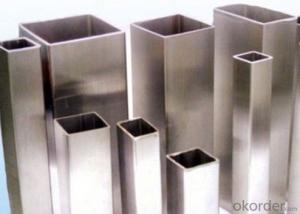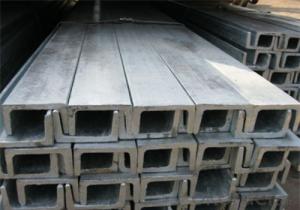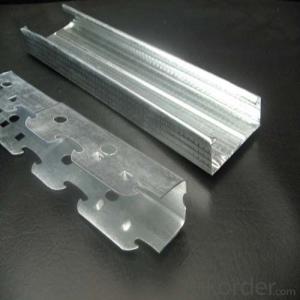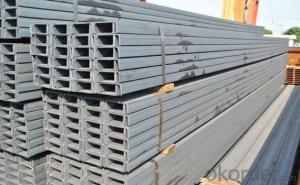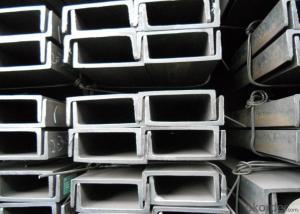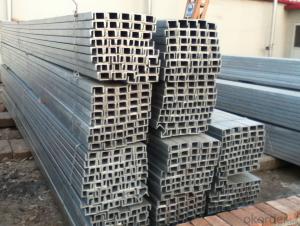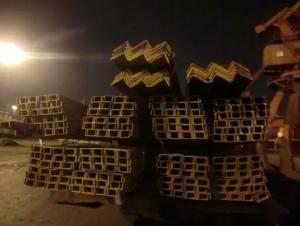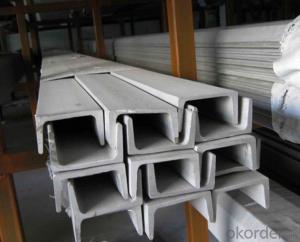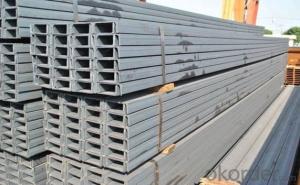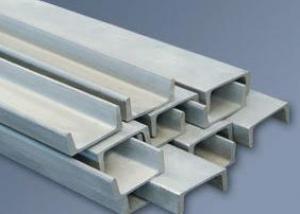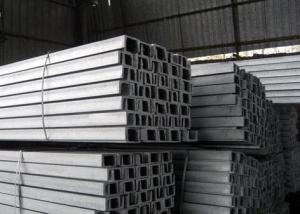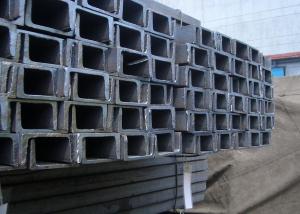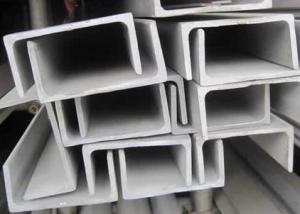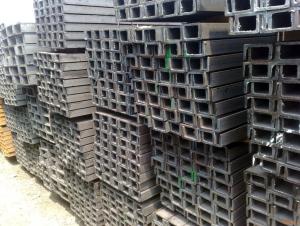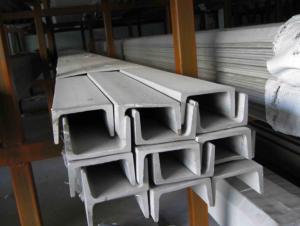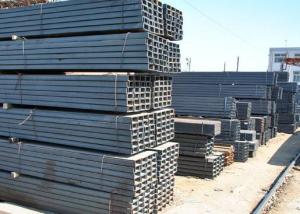Stainless Steel U Channel
Stainless Steel U Channel Related Searches
Paint For Galvanized Steel Steel Frames For Furniture Self Tapping Screws For Steel Surface Grinding Wheels For Hardened Steel Hole Saw For Stainless Steel Step Bit For Stainless Steel Bending Machine For Pvc Profiles Stainless Steel Bucket With Lid High Five Stainless Steel Prop Grinding Wheels For MetalHot Searches
Used Metal Folding Chairs For Sale Large Metal Containers For Sale Metal Shop Cabinets For Sale Metal Shipping Crates For Sale Galvanized Steel Scrap Price Fiber Sheet Price In India Galvanized Steel Prices Plastic Fiber Sheet Price Upvc Roofing Sheet Manufacturer In India China Geomembrane Roll Sheet Lasani Wood Sheet Price Rhino Roofing Sheet Price List Tinplate Sheet Price Mdf Price Per Sheet 4Mm Mdf Sheet 1220X2440Mm Price Grp Sheet Price Aluminum Sheet Stock Sizes Cost Of 4X8 Sheet Of Plywood Cost Of Drywall Per Sheet Buy Sheet PlasticStainless Steel U Channel Supplier & Manufacturer from China
Okorder.com is a professional Stainless Steel U Channel supplier & manufacturer, offers integrated one-stop services including real-time quoting and online cargo tracking. We are funded by CNBM Group, a Fortune 500 enterprise and the largest Stainless Steel U Channel firm in China.Hot Products
FAQ
- Stainless steel channels are structural components made from stainless steel that have a C-shaped cross-section. They are commonly used in construction and engineering projects to provide support and reinforcement in various applications such as framing, bracing, and securing other materials.
- Stainless steel channel is typically measured by its dimensions, including the height, width, and length. These dimensions are usually expressed in inches or millimeters. Additionally, the thickness of the steel is also considered when measuring stainless steel channel.
- Yes, stainless steel channels can be used for bridge construction. Stainless steel is a highly durable and corrosion-resistant material, making it suitable for various structural applications, including bridges. Stainless steel channels offer excellent strength-to-weight ratio and can withstand harsh environmental conditions, making them a reliable choice for bridge construction.
- Yes, stainless steel channels can be used in the construction of vehicle frames. Stainless steel is a strong and durable material that offers excellent corrosion resistance, making it suitable for use in various industries, including automotive. Stainless steel channels provide structural support and stability to the vehicle frame, ensuring its integrity and safety. Additionally, stainless steel's high strength-to-weight ratio allows for lighter and more fuel-efficient vehicle designs. Overall, stainless steel channels are a reliable and viable option for constructing vehicle frames.
- Indeed, stainless steel channels prove to be a suitable option for HVAC system manufacturing. Due to its remarkable durability and resistance to corrosion, stainless steel emerges as an exceptional choice for HVAC applications. By offering structural support and stability, stainless steel channels guarantee the system's longevity and reliability. Moreover, stainless steel's ability to endure extreme temperatures and high-pressure environments positions it as the perfect material for HVAC systems that necessitate effective heat transfer and air circulation. Furthermore, its resistance to corrosion prevents the accumulation of mold, bacteria, and other harmful substances, ensuring a clean and sanitary environment. In general, stainless steel channels deliver the necessary strength, durability, and performance essential for HVAC system manufacturing.
- Stainless steel channels are indeed suitable for electrical grounding purposes. With their highly conductive nature and exceptional electrical conductivity properties, stainless steel proves to be an excellent material choice. When installed and connected appropriately, these channels effectively facilitate the conduction of electrical current to the ground, guaranteeing a secure pathway for the discharge of electrical charges. Moreover, stainless steel's corrosion-resistant properties make it ideal for deployment in diverse environments, even those with high levels of moisture or chemical exposure. Nonetheless, it is crucial to ensure the correct bonding and connection of stainless steel channels to the grounding system in order to achieve proper electrical grounding.
- Stainless steel channels come in various finishes, each with its own unique properties and aesthetic charm. Let's take a look at some of the most commonly used finishes: 1. Mill Finish: The most basic finish, achieved by passing the stainless steel channel through rollers, resulting in a dull and matte appearance. This finish is typically used in industrial applications where aesthetics are not a top priority. 2. Brushed Finish: Also known as satin finish, this technique involves brushing the stainless steel surface with a fine abrasive material. It creates a uniform, directional grain, giving the channel a slightly textured look. Brushed finish is commonly used in architectural and decorative applications. 3. Mirror Finish: As the name suggests, this finish reflects light like a mirror, creating a highly polished and reflective surface. It is achieved through multiple polishing and buffing processes, resulting in a smooth and shiny appearance. Mirror finish stainless steel channels are often used in high-end architectural projects and decorative applications that require a sleek and luxurious look. 4. Bead Blasted Finish: By propelling tiny glass beads at high pressure against the stainless steel channel's surface, a non-directional, uniform matte finish with a slightly rough texture is achieved. This finish is often used in applications where a decorative yet durable surface is required, such as kitchen appliances or elevator interiors. 5. Powder Coated Finish: In this finish, a layer of powdered paint is applied to the stainless steel channel and then baked at high temperatures to create a durable and visually appealing coating. Powder coating offers a wide range of color options and can provide additional protection against corrosion and wear. It is commonly used in architectural and outdoor applications. These mentioned finishes are just a glimpse of the wide range of options available for stainless steel channels. The choice of finish depends on specific project requirements, including functionality, aesthetics, and budget.
- Yes, stainless steel channels can be used in the construction of industrial ovens. Stainless steel is widely used in industrial equipment and structures due to its excellent heat resistance, corrosion resistance, and durability. The channels are often used for framing and support structures within the oven to ensure stability and strength. Additionally, stainless steel channels can withstand high temperatures typically found in industrial oven applications and are less prone to warping or distortion. This makes stainless steel channels an ideal choice for constructing industrial ovens where high heat and harsh conditions are present.




